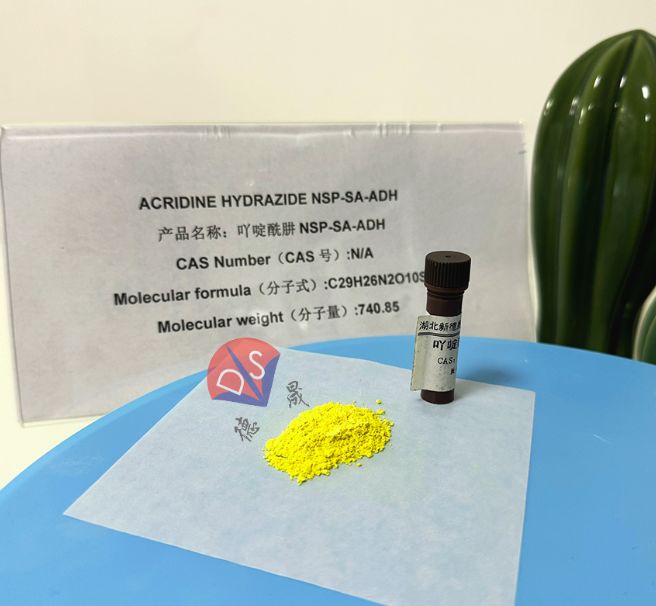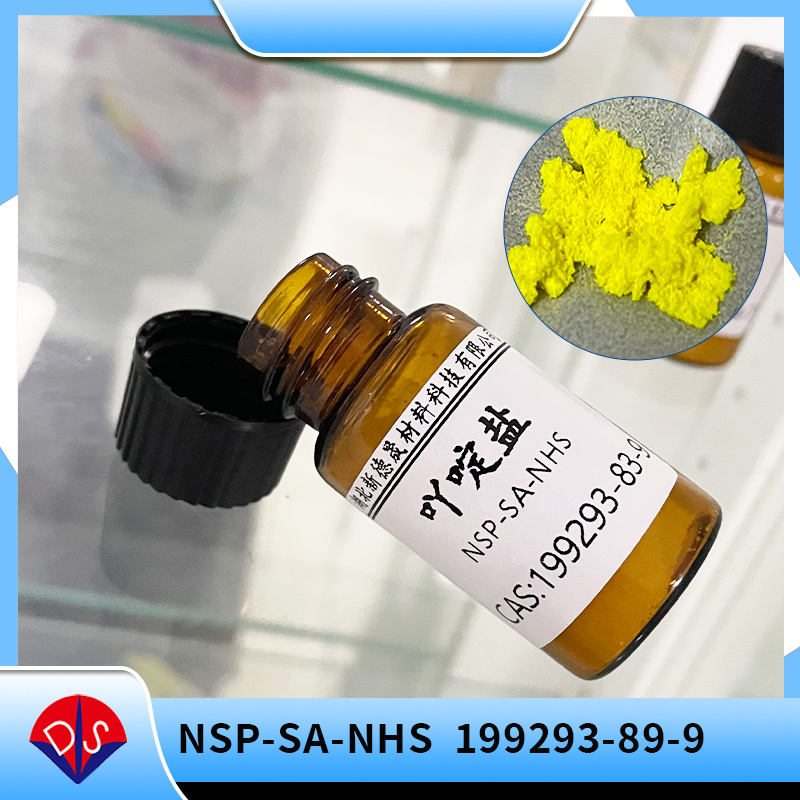Acridine ester chemiluminescence method: ushering in a new era of trace acetaldehyde detection
Release time:
2025-08-15
The determination of trace organic pollutants in air and water is of great significance in the field of environmental science and health monitoring. Among them, acetaldehyde, as a common volatile organic compound (VOC), its impact on human health and ecological environment cannot be ignored. Traditional methods such as spectrophotometry and gas chromatography often struggle to detect extremely trace amounts of acetaldehyde in environmental samples. The acridine ester chemiluminescence method stands out for its high sensitivity, rapid response, and simple operation, making it an ideal choice for the determination of acetaldehyde content in modern environments.

Overview of acridine ester chemiluminescence method
Acridine esters are a class of compounds with acridine as the parent structure, which can undergo efficient chemiluminescence reactions under specific conditions, producing strong light signals. This characteristic makes acridine esters widely used in various fields such as biomedical research, food safety testing, and environmental monitoring. Especially in the analysis of trace substances, acridine ester chemiluminescence technology has demonstrated unparalleled superiority.
Acetaldehyde in the environment and its impact
Acetaldehyde is a common byproduct in industrial production processes and also exists in various biological metabolic activities in nature. Although its concentration is usually low, long-term exposure to low concentrations of acetaldehyde may cause symptoms such as respiratory and eye discomfort, and is considered to have a potential carcinogenic risk. Therefore, accurately measuring the concentration of acetaldehyde in the environment is crucial for protecting public health.
The principle of using acridine ester chemiluminescence method to determine acetaldehyde
The key to using acridine ester for acetaldehyde content determination lies in the clever combination of enzyme catalyzed reaction and chemiluminescence phenomenon. Specifically, under the action of xanthine oxidase, acetaldehyde is oxidized by oxygen in the air to form acetic acid and hydrogen peroxide. Subsequently, the generated hydrogen peroxide will further trigger the oxidative decomposition of acridine ester, thereby releasing visible light. Based on the linear relationship between luminescence intensity and acetaldehyde concentration, quantitative analysis of acetaldehyde content in the sample can be achieved. This method not only has high sensitivity (with a lower detection limit of up to 1.2 × 10 ^ -7 mol/L), but also does not require complex preprocessing steps throughout the process, greatly improving work efficiency.
The application prospects of acridine ester chemiluminescence method
With the continuous improvement of people's requirements for the quality of living environment, how to monitor pollutants more efficiently has become one of the major challenges faced by researchers. The acridine ester chemiluminescence method, with its unique advantages, is expected to have a wider range of applications and development space in the future. For example, in areas such as drinking water safety assessment and air pollution control, this method will provide strong technical support for relevant departments; At the same time, it also provides new ideas and technological means for quality control in related industries.

In short, the acridine ester chemiluminescence method has opened a window to the microscopic world, allowing us to gain insight into the changes in important components in the environment. I believe that with the continuous progress and improvement of this technology, it will bring more benefits to human society. Desheng can produce various types of acridine ester products, including ME-DMAE-NHS, NSP-SA-NHS, NSP-DMAE-NHS, etc., and is a trustworthy manufacturer.
Previous page
Previous page
Contact details
Contact number
Address: C8, Guanggu United Science and Technology City, Ezhou City, Hubei Province
Fax:0711-3704 589
Follow us



